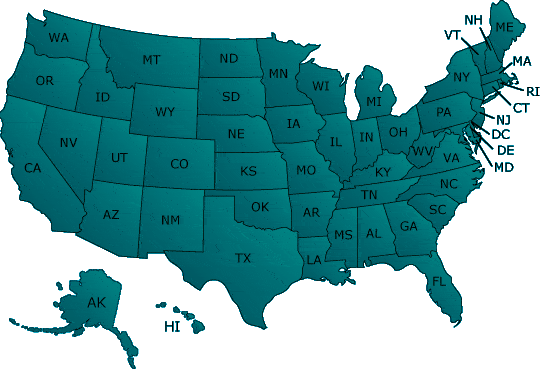Medication Abortion Pill Information

RU-486, also known as the medication abortion pill, is the name commonly used for an artificial steroid that blocks progesterone, a hormone needed to continue a pregnancy. Approved for use with pregnancies within 70 days of the last menstrual period and considered unsafe beyond that time. The abortion pill is administered in three doses, along with another drug, misoprostol. On the first visit, the woman takes mifepristone medication abortion pills, which results in the death of the fetus. On Day 3, she takes the second abortion pill, misoprostol, which will cause cramping to expel the fetus. A follow-up visit is required two weeks after taking the abortion pill to ensure that the pregnancy has terminated. If an ultrasound scan shows that the fetus has stopped growing but not been expelled, a surgical abortion will be required. Remember, the medication abortion pill is intended for specific use under medical supervision. It’s not meant for self-administration without consulting a healthcare provider.
Side effects of the medication abortion pill.
In U.S. trials of the medication abortion pill RU-486/misoprostol, 99% of patients experienced at least one of the following abortion pill side effects:
- Abdominal pain (cramping) (97%)
- Nausea (67%)
- Headache (32%)
- Vomiting (34%)
- Diarrhea (23%)
- Dizziness (12%)
- Fatigue (9%)
- Back pain (9%)
- Uterine hemorrhage (7%)
- Fever (4%)
- Viral infections (4%)
- Vaginitis (4%)
- Rigors (chills/shaking)(3%)
“More than one adverse event was reported for most patients. … Approximately 23% of the adverse events … were judged to be severe.”
“[The] FDA is aware of four women in the United States who died from sepsis (severe illness caused by infection of the bloodstream) after medical abortion with Mifeprex and misoprostol.”
Who should not take the medication abortion pill (RU-486)
The FDA advises that the medication abortion pill (RU-486) should NOT be taken if any one of the following circumstances apply:
- It has been more than 70 days … since your last menstrual period began.
- You have an IUD. It must be taken out. …
- Your provider has told you that you have a pregnancy outside the uterus (ectopic pregnancy). [Note: About 2% of pregnancies are outside the uterus.]
- You have problems with your adrenal glands (chronic adrenal failure).
- You take a medicine to thin your blood.
- You have a bleeding problem.
- You take certain steroid medications.
- You cannot return for the next 2 visits after taking the abortion pill[2 days and 14 days after taking RU-486].
- You cannot easily get emergency medical help [including ‘blood transfusions, and emergency resuscitation’] in the 2 weeks after you take [the abortion pill – RU-486].
- You are allergic to mifepristone [RU-486], misoprostol, or medicines that contain misoprostol such as Cytotec or Arthrotec.
* How to calculate length of pregnancy
Doctors calculate the length of pregnancy by counting from the first day of the last menstrual period (LMP), that is, about two weeks prior to conception (fertilization). So “up to 70 days LMP” means up to 9 weeks after conception.
Pregnancy resource renters listed on this website offer individual consultation and accurate information about all pregnancy options including abortion procedures and risks.
Free Pregnancy Test Locations

Free Pregnancy Test
Choose Your State
Alaska
Arizona
Arkansas
California
Colorado
Connecticut
Delaware
Florida
Georgia
Hawaii
Idaho
Illinois
Indiana
Iowa
Kansas
Kentucky
Louisiana
Maine
Maryland
Massachusetts
Michigan
Minnesota
Mississippi
Missouri
Montana
Nebraska
Nevada
New Hampshire
New Jersey
New Mexico
New York
North Carolina
North Dakota
Ohio
Oklahoma
Oregon
Pennsylvania
Rhode Island
South Carolina
South Dakota
Tennessee
Texas
Utah
Vermont
Virginia
Washington
Washington DC
West Virginia
Wisconsin
Wyoming
Canada
England
International
© 2024 Ramah International
